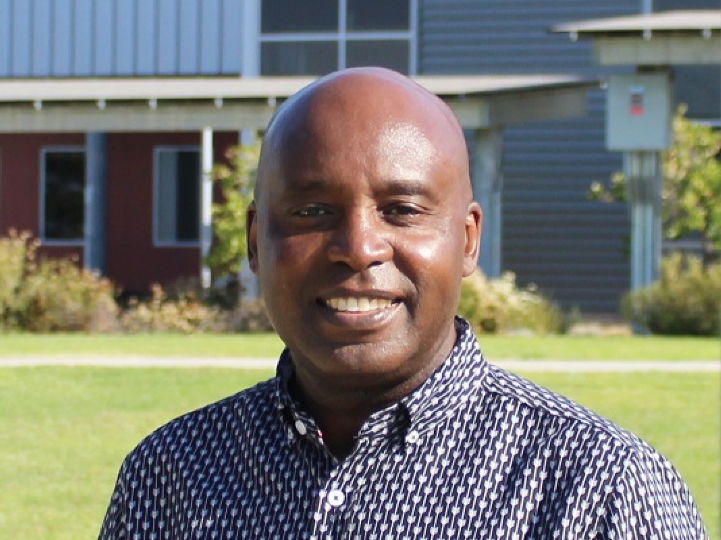
Strong and Steady Leadership during a Period of Crisis
Supporting the Profession AVP or "Number Two" Senior Level VP for Student Affairs
November 8, 2021
Over the last one and a half years, the world has wrestled with an unprecedented global pandemic, resulting in a fundamental alteration of the higher education landscape. Prior to the pandemic, there was a clear distinction between online schools and face-to-face schools. While a number of institutions had entertained modestly serious conversations about providing support and services to online students, only a few half-hearted platforms existed. The default for student services was face-to-face service delivery.
With the onset of COVID-19, schools were forced literally to embrace remote learning. Student services followed suit by quicky innovating and using existing technologies like Teams, Zoom, and others. Student engagement began to be radically redefined as more and more students lost touch with their institutions and threatened not to reenroll for subsequent semesters.
But with this new reality, a newer threat emerged. As the nation wrestled with competing views and perspectives on how to manage the pandemic, colleges and universities became the new battlefronts. Indeed, many higher educational professionals are at the center of this great divide. Questions such as: Do we embrace and enforce a masking mandate? How do we manage social distancing in learning and social spaces? How about socialization off campus? And the biggest of them all being whether to enact a vaccination mandate.
Colleges and universities have always prided themselves on being a healthy marketplace for ideas. Indeed, higher education has historically positioned itself as the place where an appetite for embracing a diversity of ideas is nurtured. It has been that place where no idea is wrong unless the person behind it is unable to articulate and defend it. It is also a place where a rigorous examination of all ideas is welcomed.
A qualitative capture of events and anecdotes from various institutions suggests that the above might be at risk. Extremist views have permeated and diluted academic dialogue, resulting in hollow, shallow and uninformed conspiracies and counter conspiracies. Facts and statistics are no longer held as objective measures of truth. Attempts are made to make generalizations based on isolated incidents. Public health officials and trained scientists are no longer the trusted source of information on how to keep our campuses safe. Forums to develop and discuss public health guidelines on many college campuses predictably degenerate into shaming, guilting, and accusatory occasions ending in directionless stalemates. Higher education has become incurably divided on matters that were previously easy to adjudicate. The jobs of higher education administrations, and particularly those in student affairs have become popular punching bags for members of extreme positions. One hopes that we can still exemplify NASPA’s Principles of Good Practice in the toxic environment that higher education has become. The alternative is a much scarier one: a mass exodus of seasoned student affairs professionals at a time when we are needed most.
About the Author
Dr. Peter Gitau serves as the vice president for student services at Butte College. Gitau currently serves as a member of the NASPA James E. Scott Academy Board.